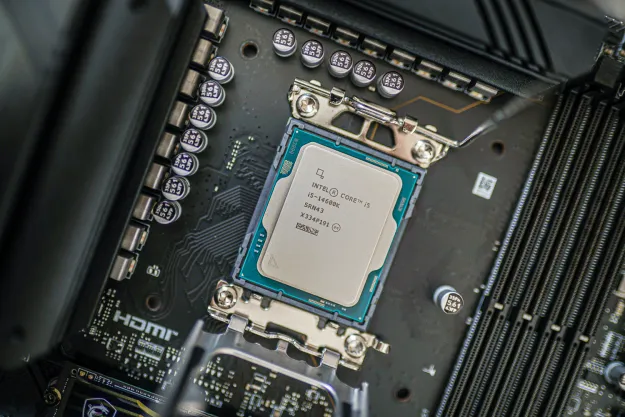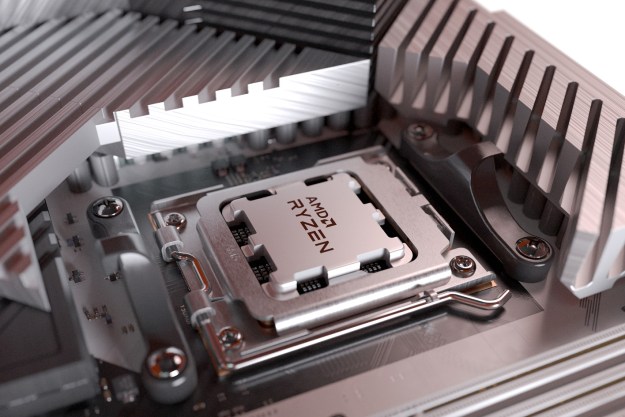Intel will reportedly cut the prices of its CPUs in the second half of the year in order to stay competitive with AMD’s next-generation Zen 3 CPUs, which are expected to debut in the latter months of 2020. Although traditionally a rarity for Intel, if this report proves accurate, it would be the second major price cut of Intel’s CPUs in a year, following the slashing of its HEDT chip prices in late-2019.
Traditionally AMD has been the company that has cut prices to remain relevant in the CPU space, offering bang-for-buck at the low-end, while Intel could effectively set its prices to whatever it wanted, with a near-monopoly on high-end performance. But over the past few years, that paradigm has shifted, and with the great success of AMD’s Ryzen 3000 desktop CPUs, it’s almost become reversed. Ryzen 4000 CPUs with Zen 3 cores may have Intel so worried that it cuts prices for even more CPUs.
Prior to the launch of its 10th-generation Cascade Lake-X HEDT CPUs, Intel cut its typical pricing in half, selling the flagship 10980XE for just $980, where its predecessors debuted at $2,000 each. This was an attempt to counter AMD’s Threadripper 3000 debut, which while suddenly more costly than the Intel alternative, easily outpaced them in the kinds of multithreaded workloads they’re both designed to tackle. They were even decent at gaming too. The 64-core 3990X debut in January put the final nail in Intel’s HEDT coffin.
DigitTimes latest report suggests that Intel will perform similar cost-cutting measures for a wider range of its CPUs, citing sources within the PC system builder industry. It doesn’t go into detail about which CPUs, although it would presumably relate to its upcoming Comet Lake-S CPUs, which are expected to be faster than Intel’s ninth-generation chips, but not by much. Clock speeds are set to increase at the expense of power and thermals, with hyperthreading support extended to the entire lineup. But that’s about it.
With rumors of Zen 3 performance increasing instructions per clock and clock speeds beyond that of Zen 2 Ryzen 3000 CPUs, Intel may well need to cut prices to remain remotely relevant toward the end of the year.
Editors' Recommendations
- It just became the perfect time to buy a last-gen Intel CPU
- Intel’s new CPU feature boosted my performance by 26% — but it still needs work
- The only Intel CPU you should buy is over a year old
- Everything we know about Lunar Lake, Intel’s big next-generation chips
- Reviewers agree: Intel’s latest chip is truly ridiculous




